Speaking of badminton, I think everyone is familiar with it. Even if you are not a badminton fan, you will often see players in various sports venues or squares, and you will be right.Lindane, Li Zongwei.When famous players hear about it.

However, even fans who often play ball may not have noticed it.Details of badminton flight.
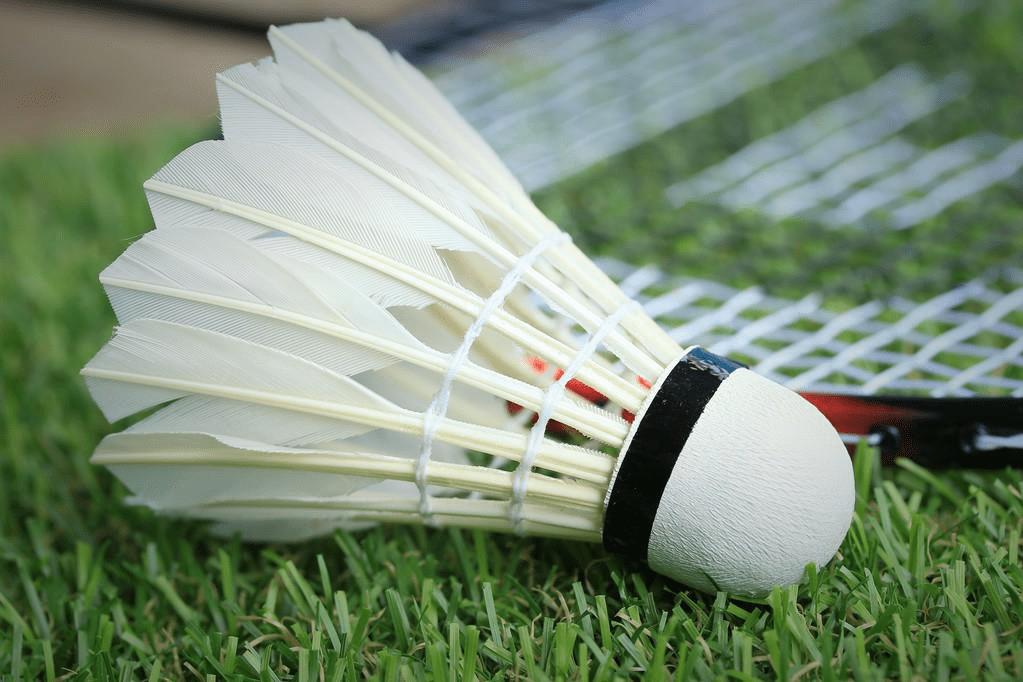
Why is badminton designed like this? Does it always fly with its heavy ball head facing forward? How far can badminton fly? Does it spin when it flies?Presumably these questions have aroused everyone’s curiosity, so let’s walk into the text together ~
Part 1: Flip of Badminton
Anyone who has played badminton will notice a phenomenon, that is, when the ball flies towards you, it is almost always.Ball head in frontThe gesture. Put yourself in the other’s shoes, and your opponent will certainly see the same phenomenon. Then there is only one possibility, that isAfter each side hits the ball, badminton will turn over.Then turn around and fly back. The question is, is the U-turn completed at the moment of hitting the ball? Maybe we take it for granted.
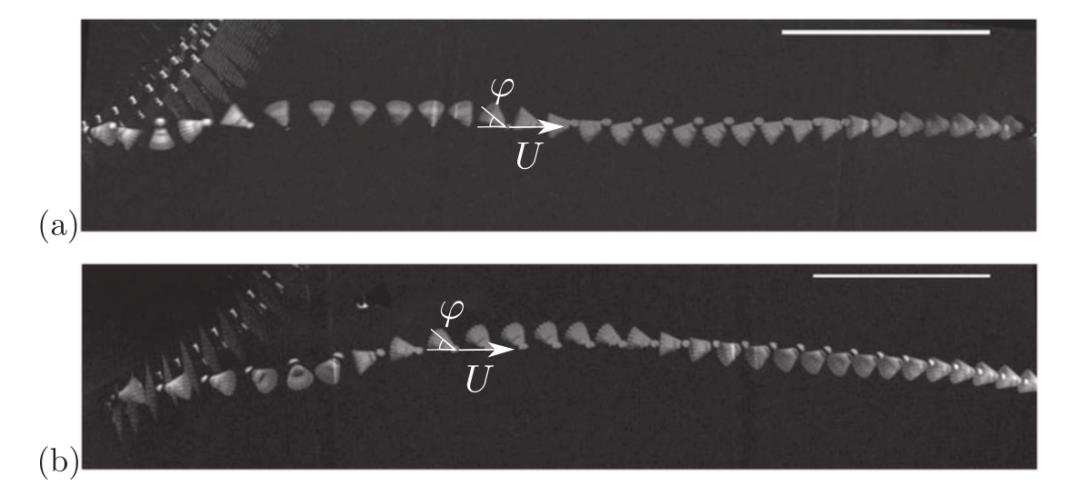
Fig. 1 (a) a snapshot with an initial velocity of about 18.6 m/s and an initial angular velocity of about 206 rad/s (with an interval of 5 ms); (b) Snapshots with an initial velocity of about 10.4 m/s and an initial angular velocity of about 28 rad/s (interval of 6.5ms). | The picture is from the literature [1]
Unfortunately, the answer is not like this. As shown in the above picture, the moment of hitting the ball is basically atAbout 1msIt’s done, but it’s usuallyAbout 20msThe ball can be turned over. And then go through itDamping oscillationIn order to make its ball head point in the direction of speed. In order to show this process more intuitively, we draw the relationship between the ball head pointing and the speed direction in Figure 2.Angle φEvolution over time. amongτ, τ and τThey respectively represent the time from the first turning to the ball head facing forward, the damping oscillation time and the characteristic time to reach stability.
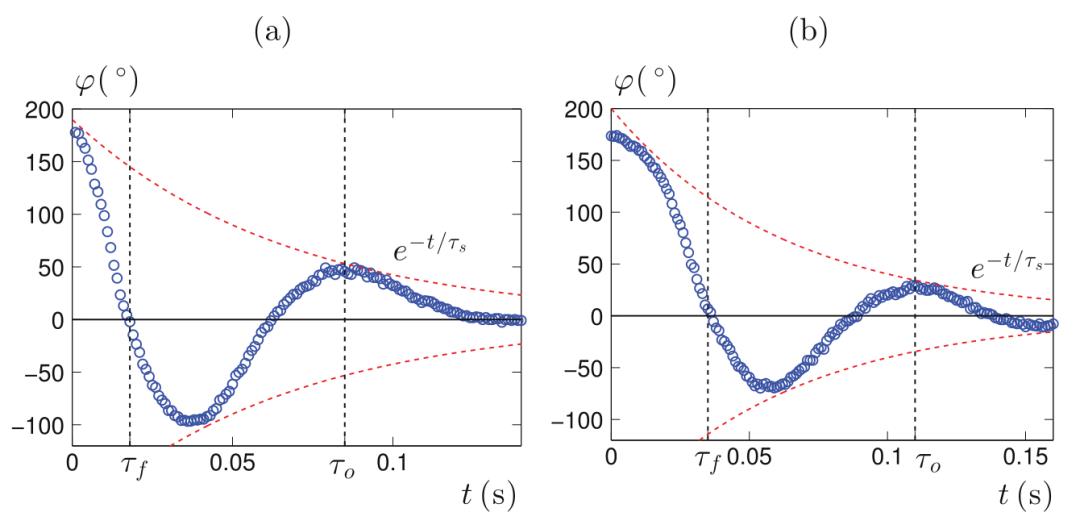
Fig. 2 Evolution of included angle in two cases. | The picture is from the literature [1]
It can be seen that after 0.1-0.15s, badminton seems to have a forward posture, so except for some special hitting situations, weIt is difficult to capture with the naked eye.The process of rapid turnover adjustment of badminton after hitting the ball. So … Does this flip behavior of badminton have anything to do with its own structure?
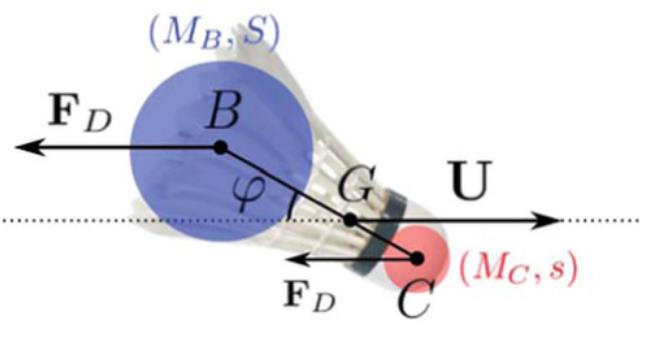
Fig. 3 Force analysis of badminton when traveling | The picture is from the literature [1]
The answer is yes. Badminton byCork ball head and skirt structure made of goose feather/duck feather or plastic.Composition, in which the ball head is heavier and the skirt structure has a larger cross-sectional area. We might as well abstract this feature as identified by B and C in the figure.Large mass and large cross-sectional areaSkirt area andSmall mass and small cross-sectional areaThe ball head area of.
When flying, assuming that the direction of the ball head is not consistent with the direction of the speed, and there is an included angle φ, the air resistance acting on B and C will generate a moment with the center of mass G as the reference point respectively. On the one hand, the skirt structure has a large cross-sectional area and air resistance.FBigger, on the other hand, BG is longer than GC, so the ball will inevitablyRotate counterclockwise around the center of mass until the ball head points in the direction of speed..
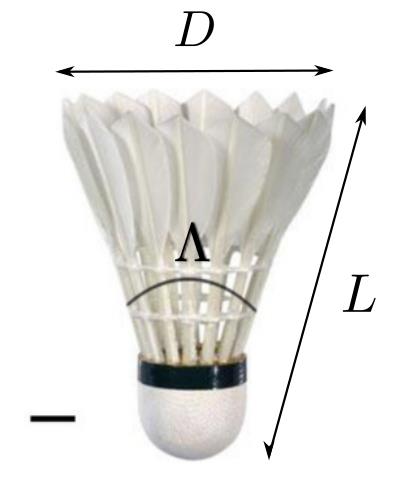
Figure 4 Badminton shape schematic. | The picture is from the literature [1]
If the above weight distribution is easy to think of, then aboutWhy did badminton choose an opening angle close to 45?Perhaps few people have thought about it. In fact, this is closely related to whether badminton can experience flipping and achieve stability faster. Some scholars have recreated the shape and mass distribution characteristics of badminton with small iron balls and skirt structures made of plastic, and released it freely in the way of skirt structure facing down in water, so that it can turn over during sinking, as shown in the following figure.How does its opening angle affect the turnover and stabilization time?.

Fig. 5 How the opening angle affects the turnover and stabilization time. | The picture is from the literature [1]
Visible, opening angle is too small and too big is not conducive to the stability of the flip, and fromThe range of 30 to 90.Will experience a stable and fast platform area. Obviously, the opening angle of badminton falls in this area.
Part 2: the flight path of badminton
Different from tennis, badminton’s flight trajectory is greatly influenced by air resistance because of its light weight.Seriously deviate from the shape of parabola. Generally speaking, the equation of motion followed by badminton flight can be written.

Among them, and are the mass, density and cross-sectional area of badminton, respectively, and the speed,UandgIs the vector of velocity and acceleration of gravity, and is a constant related to the test conditions. It is not difficult to understand that in addition to the gravity term that makes it do oblique throwing, the ball will also receiveResistance whose magnitude is proportional to the square of velocity and whose direction is opposite to velocity.. And the specific trajectory is made up ofSize and direction of initial velocityDecide. For badminton, we can define a quantity related to its flight characteristics, which is called pneumatic length.

For the badminton we use, this distance is about 4.6m, which determines that the final stable speed of the badminton is U=6.7m/s when it falls freely and vertically. In the picture below, we can see the flight trajectory of badminton at different initial speeds.Comparison between calculated value (solid line) and actual value (scattered point)It can be seen that the motion equation can predict its trajectory well.
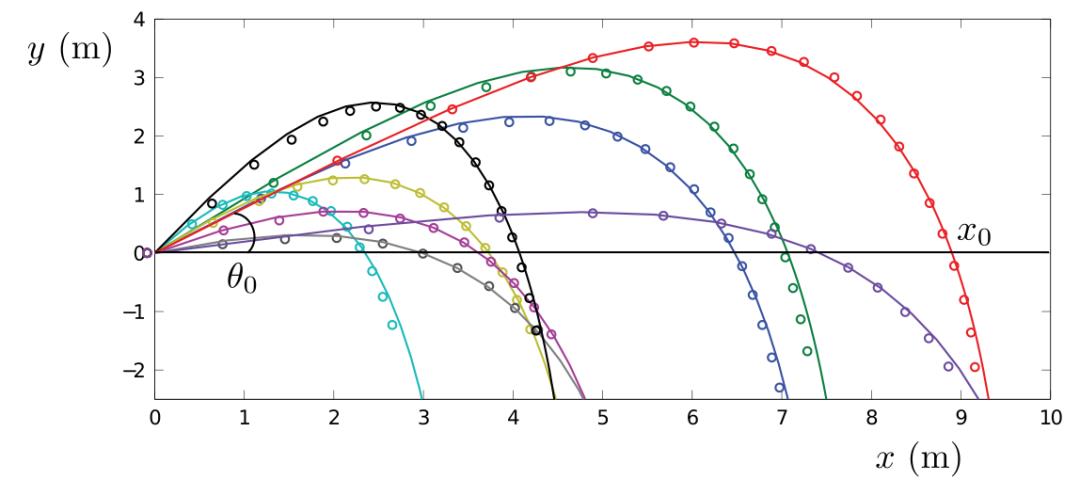
Fig. 6 Comparison between the calculated value and the actual value of badminton trajectory with different initial speeds. | The picture is from the literature [1]
So how far can badminton fly? We might as well look at the changing trend of the distance X traveled by badminton when it falls to the same height as the starting height after approximately throwing. According to the above equation of motion, we can find that this distance depends on the initial speed of badminton. willFlight distancexOn the relationship between initial velocity elevation angle θ and velocity magnitude uDrawing, you can get the following results.
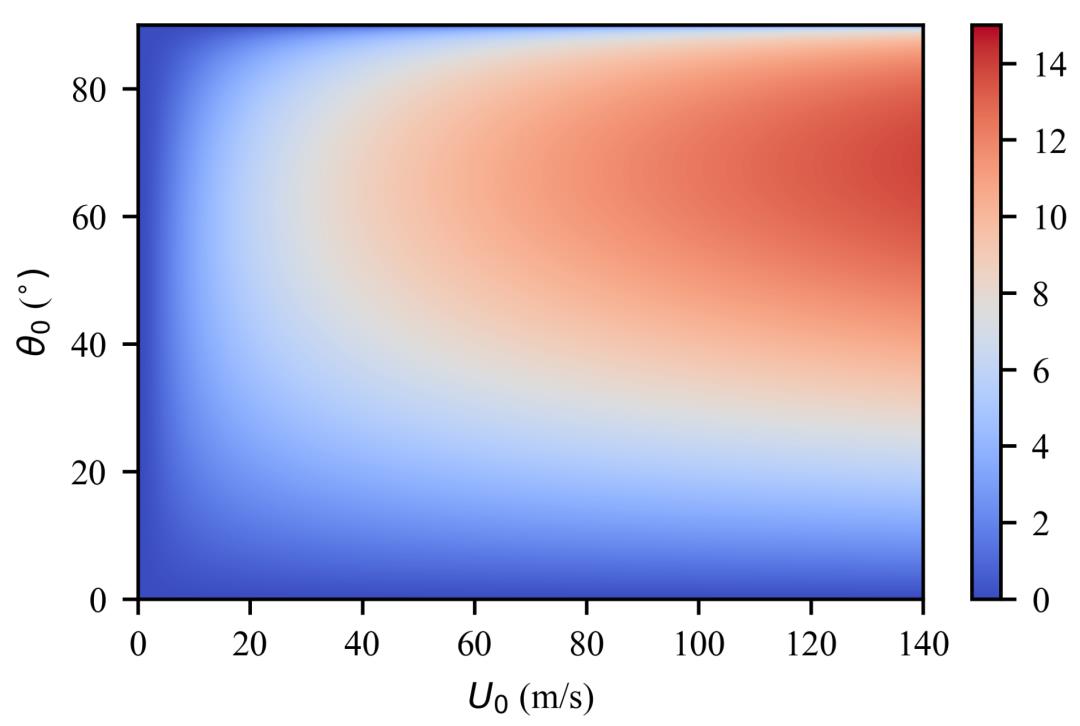
Fig. 7 Variation of travel distance (m) with initial speed direction (elevation angle) and speed.
As long as you have played badminton, this picture must contain some information points that you can empathize with. For example, we find that no matter how hard we use, it seems that badminton always flies."come to an abrupt end" near a certain distance. The upper speed limit in this picture has been reached.140m/sHowever, the farthest distance that can be reached is only 13.83m. And the badminton court we use13.4m longThat’s why badminton can only hit the opponent’s backcourt from one side even if it tries its best, and it won’t play much even if it is out of bounds.
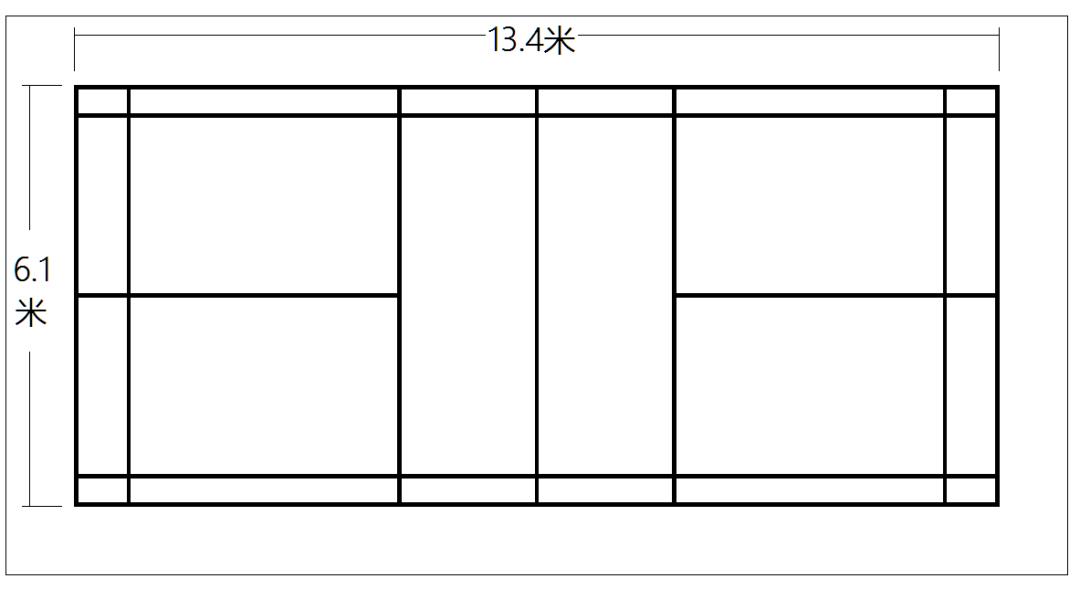
Fig. 8 Schematic diagram of badminton court
Some readers may ask, is it too exaggerated to set the upper speed limit to 140m/s? Can badminton fly so fast? In fact, it is not an exaggeration. In July 2013, Chen Wenhong, a Malaysian men’s doubles player, killed the ball under the ideal conditions in the laboratory.493km/hThe amazing speed is equivalent to136.9m/s. There are also reports that Danish player Codin has played.506km/hKill the ball record, namely140.6m/s. Even in the game, Codin played.426km/hSuper fast kill ball. thereforeBadminton is the deserved king of ball speed!
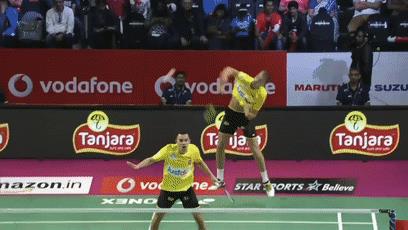
Fig. 9 The ultra-fast kill of Keding 426 km/h.
In fact, the flight trajectory of badminton is also related toType of ballRelated. We usually have two kinds of balls made of feathers and plastic. The following figure shows the difference of their flight paths.
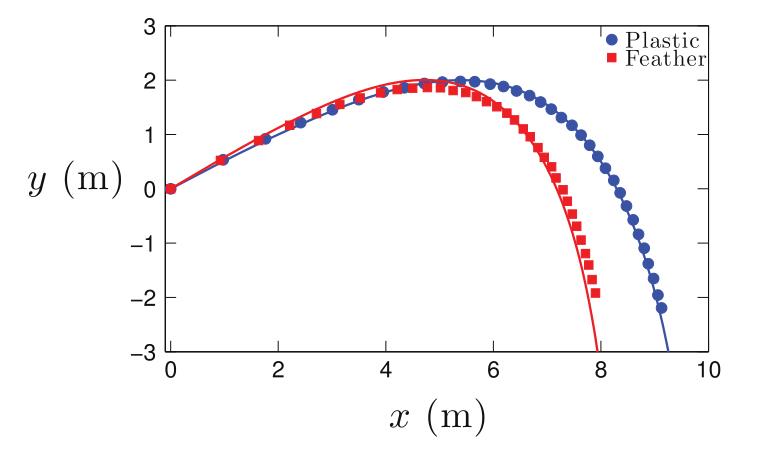
Fig. 10 Trajectory comparison between feather ball and plastic ball. | The picture is from the literature [1]
On the one hand, with the same initial angle and speed,The reachable range of plastic ball making is larger than that of feather ball making.; On the other hand, feathering is near the highest point of flight.Greater curvature, trajectoryCloser to the "triangle".
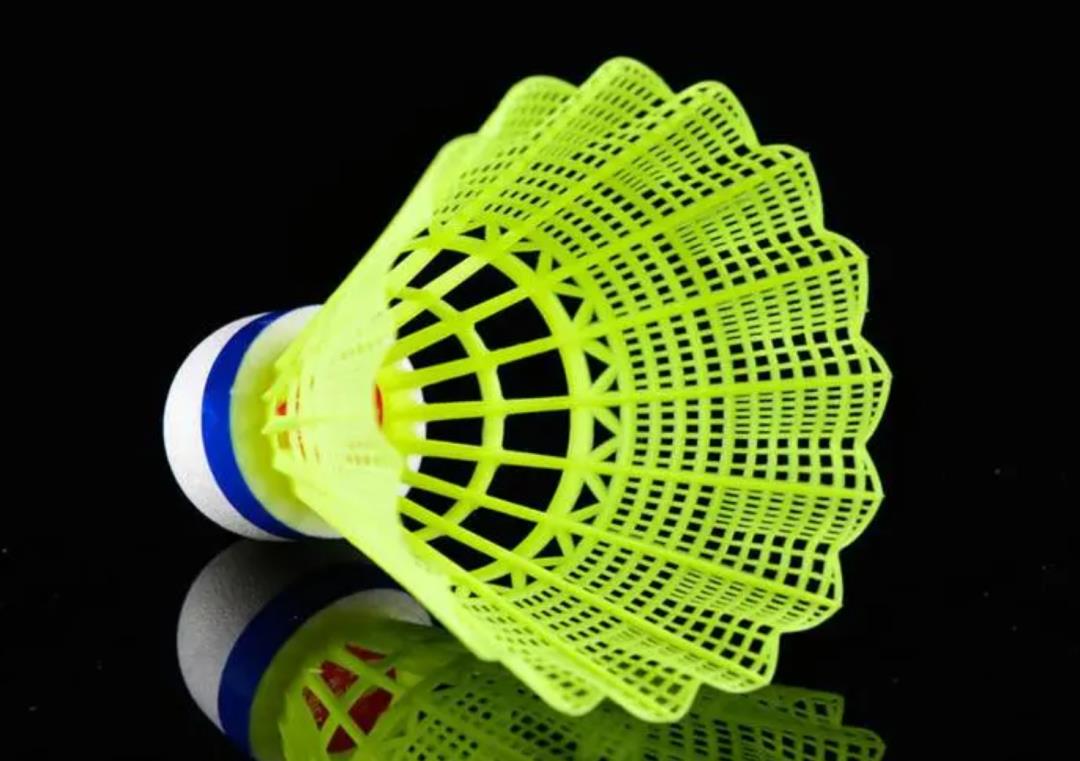
Figure 11 Plastic balls
This is because under the condition of ensuring firmness and low cost,Plastic ball making tends to be biased.. This also means that feathering can be done without going out of bounds.Fly at a faster speed, thus reducing the opponent’s reaction time. Therefore, feather ball making is often more popular.
Part 3: the rotation of badminton
You may have noticed that badminton feathers areArranged obliquely in the same clockwise directionYes. Is this an irrelevant design? Actually, it is not. We can think of each feather as a thin plate, which will be subjected to when traveling in the fluid.The direction is perpendicular to the plane and opposite to the speed direction.The force, as shown in the figure below.
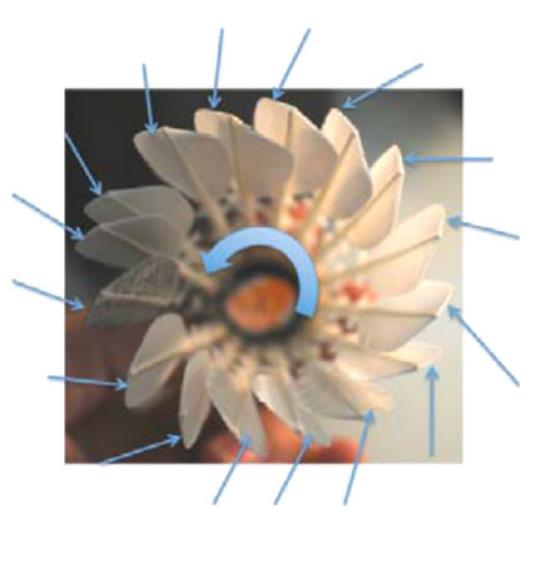 Fig. 12 Stress diagram of feather | The picture is from reference [1]
Fig. 12 Stress diagram of feather | The picture is from reference [1]
We immediately think that the resultant force of these forcesWill make the whole badminton rotate around the axis!When badminton travels at a faster speed, the greater the resistance, the greater the torque generated by the resultant force, which makes badmintonFaster rotation. If we multiply the angular velocity ω by the axial radius r of the feather to get the linear velocity at the feather, we will find that it is almost the same as the traveling speed.Linear relationship.
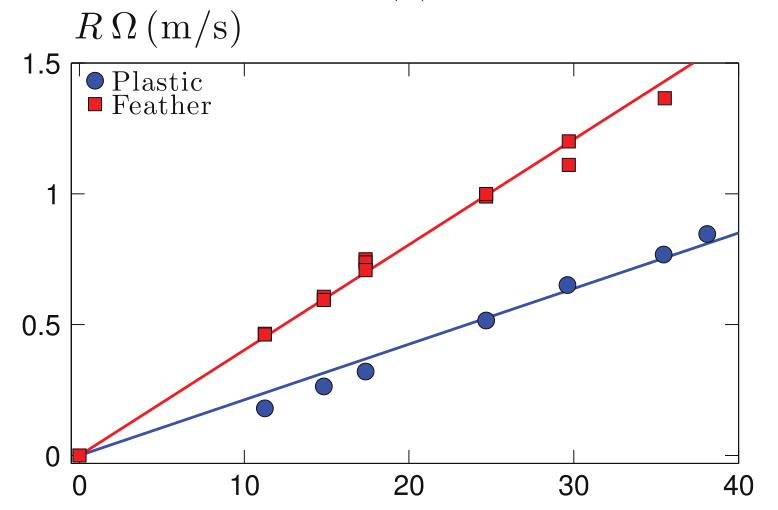
Fig. 13 Relationship between badminton rotational linear speed and traveling speed | The picture is from the literature [1]
Moreover, compared with plastic balls,The rotation speed of feather ball is obviously faster in flight.. The analysis shows that faster rotation will limit the precession of feather pelletizing, whichConducive to the stability of feathering in flight..

It seems that the flight details of badminton are really a university question. In this process, we can not only learn a lot.Physical knowledge, but also help to understand the ball.Flight path. After watching the push, the little friends quickly pick up the racket and see if the skills are improving ~

References:
[1] Cohen C, Texier B D, Quéré D, et al. The physics of badminton[J]. New Journal of Physics, 2015, 17(6): 063001.
[2] Badminton (Ball)-Wikipedia
[3] Kwan M W. It’sa Birdie… It’sa Shuttlecock… It’s Badminton: The Physics Behind the Badminton Shuttlecock[J].
[4] The world record of killing balls has reached a new high!
Editor: clouds open and leaves fall